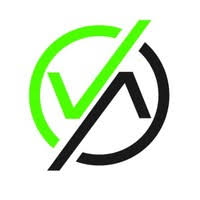Components and Function
- 1. The Track:
This serves as the structural support and the electrical conduit. Inside, conductive metal strips (often copper) run along its length to carry power. - 2. The Power Source:
The track is connected to a power source, providing the electricity needed for the lights. - 3. The Lamp Head:
This is the fixture that holds the LED light. It has rotatable conductive tabs that make contact with the strips inside the track. - 4. How it Connects:
When a lamp head is attached to the track, its conductive tabs make contact with the track's internal metal strips, establishing an electrical circuit and receiving power.
- 1. Power Supply:
Electricity flows from the power source into the track. - 2. Conduction:
The internal metal strips within the track conduct the electrical current along its entire length. - 3. Power to Lamp:
The conductive tabs on the lamp head connect with these strips, allowing electricity to flow into the LED fixture. - 4. Light Generation:
Inside the lamp head, the LED converts the electrical current into visible light, illuminating the desired area.
- Flexibility:
Lamps can be slid along the track, allowing you to easily move and reposition them to suit your needs. - Adjustable Illumination:
The angle of each lamp can be adjusted, letting you focus light on specific objects or areas, like artwork. - Efficiency:
LEDs are more energy-efficient than traditional bulbs, consuming less power to produce the same amount of light. - Versatility:
The system can accommodate different types of light heads, and you can extend and branch the track to create a bespoke lighting layout.

